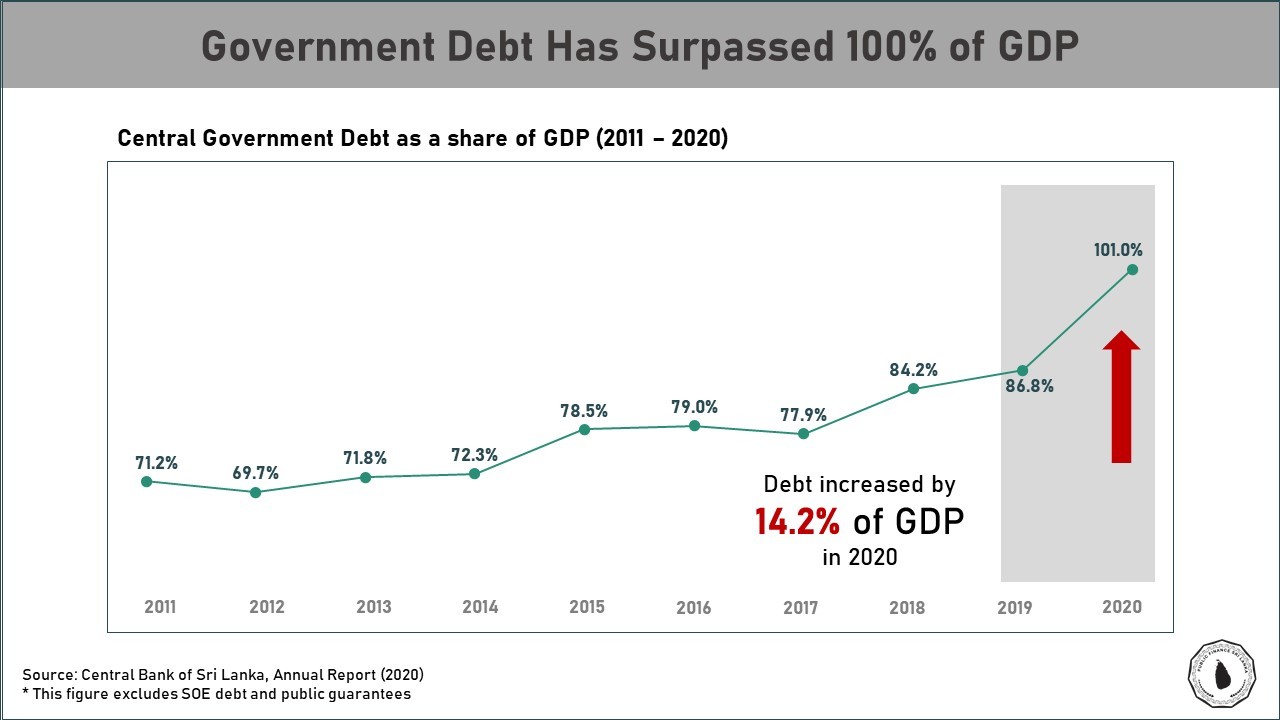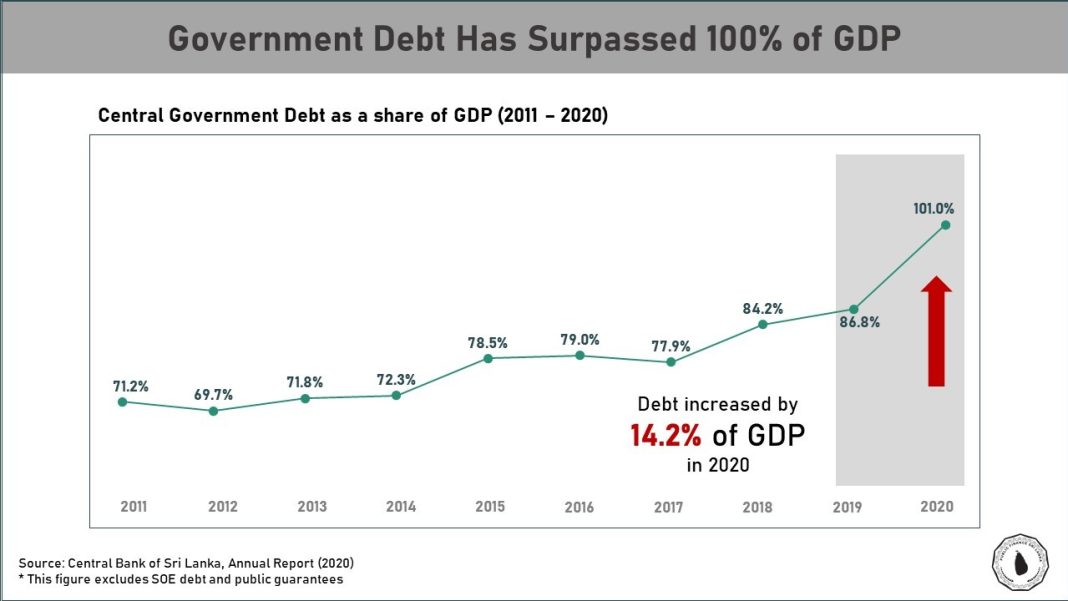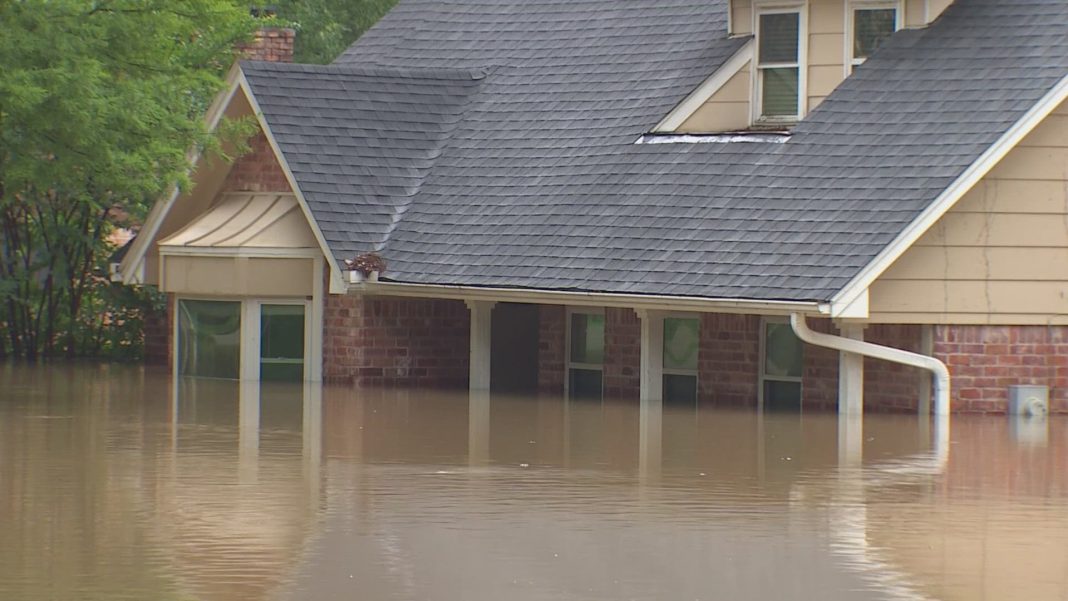 The hospitality industry in Australia is facing dire circumstances as the outlook for businesses continues to worsen. According to CreditorWatch, the failure rate for Australian businesses across all sectors is predicted to rise, with the hospitality industry being particularly vulnerable. The value of current orders has hit a record low, falling by 49.9 percent year-on-year as businesses reduce inventory in response to declining consumer demand and higher prices.
The hospitality industry in Australia is facing dire circumstances as the outlook for businesses continues to worsen. According to CreditorWatch, the failure rate for Australian businesses across all sectors is predicted to rise, with the hospitality industry being particularly vulnerable. The value of current orders has hit a record low, falling by 49.9 percent year-on-year as businesses reduce inventory in response to declining consumer demand and higher prices.
The subdued demand is forcing more businesses into debt and putting them at risk of closure. In the hospitality sector, the failure rate is expected to be 9.1 percent, or one in 11 businesses. This is up from 7.51 percent the previous year. The hospitality industry traditionally experiences a higher failure rate during tough economic times due to its reliance on discretionary spending.
However, other sectors are also at risk. Even those involved in transport, postal, and warehousing have a risk factor of 5.45 percent. Arts and recreation, education and training, administration and support services, financial and insurance services, and accommodation also fare worse than the average.
The number of businesses defaulting on invoices has risen, indicating declining business health despite lower order values. CreditorWatch has identified a strong correlation between payment defaults and the chance of a business failing in the following months. Court actions have also increased significantly, with a 37 percent rise in the year to June 2024.
The Australian Taxation Office (ATO) is pursuing $34 billion worth of debts from small businesses and the self-employed. Small businesses account for 65 percent of the total debt owed to the ATO. The food and beverage services industry has the highest rate of outstanding ATO tax debts above $100,000.
CreditorWatch CEO, Patrick Coghlan, expressed concern over the worsening conditions for Australian businesses. He noted that declining order values and increasing payment defaults indicate that more businesses are experiencing cost and demand pressures. With another rate increase likely, these metrics are expected to deteriorate further. Small businesses are particularly vulnerable due to tighter margins and less ability to cut costs.
There are regional differences in insolvency risk, with Adelaide City being the safest CBD. This CBD benefits from low rents and a large number of workers and international students. However, other state capitals have a higher-than-average risk, with Sydney having the highest at 6.20 percent.
CreditorWatch does not expect the situation to improve for small businesses anytime soon. The Reserve Bank of Australia takes a cautious approach, waiting for several months of data before making decisions. This means that businesses have to endure high interest rates even after consumer demand has plummeted.
In conclusion, the Australian business landscape is facing significant challenges, particularly in the hospitality industry. Businesses are grappling with declining consumer demand, higher prices, payment defaults, and increasing debt. The situation is expected to worsen, posing a threat to the survival of many businesses, especially small ones. Regional variations in insolvency risk further compound the challenges faced by businesses.


